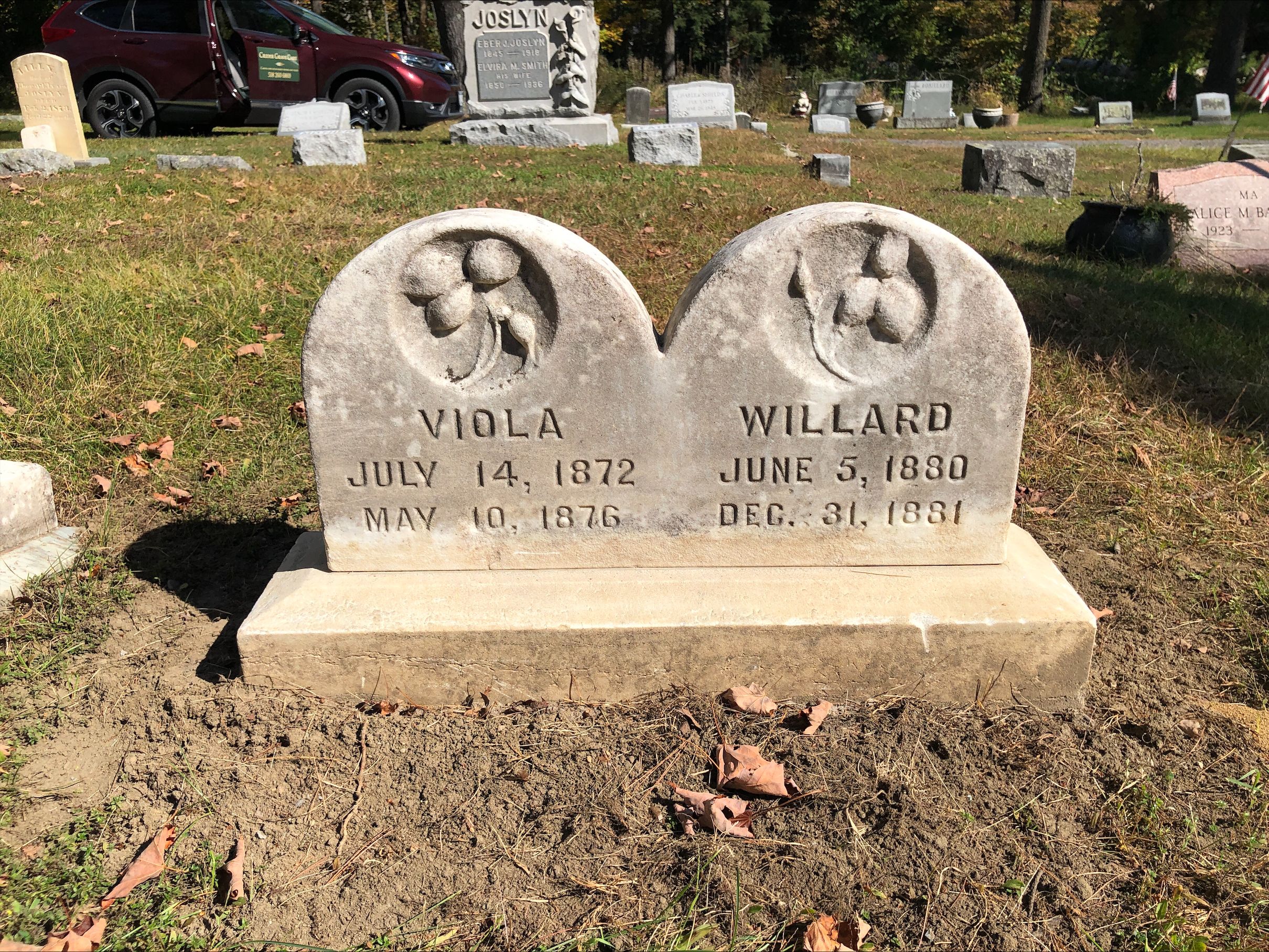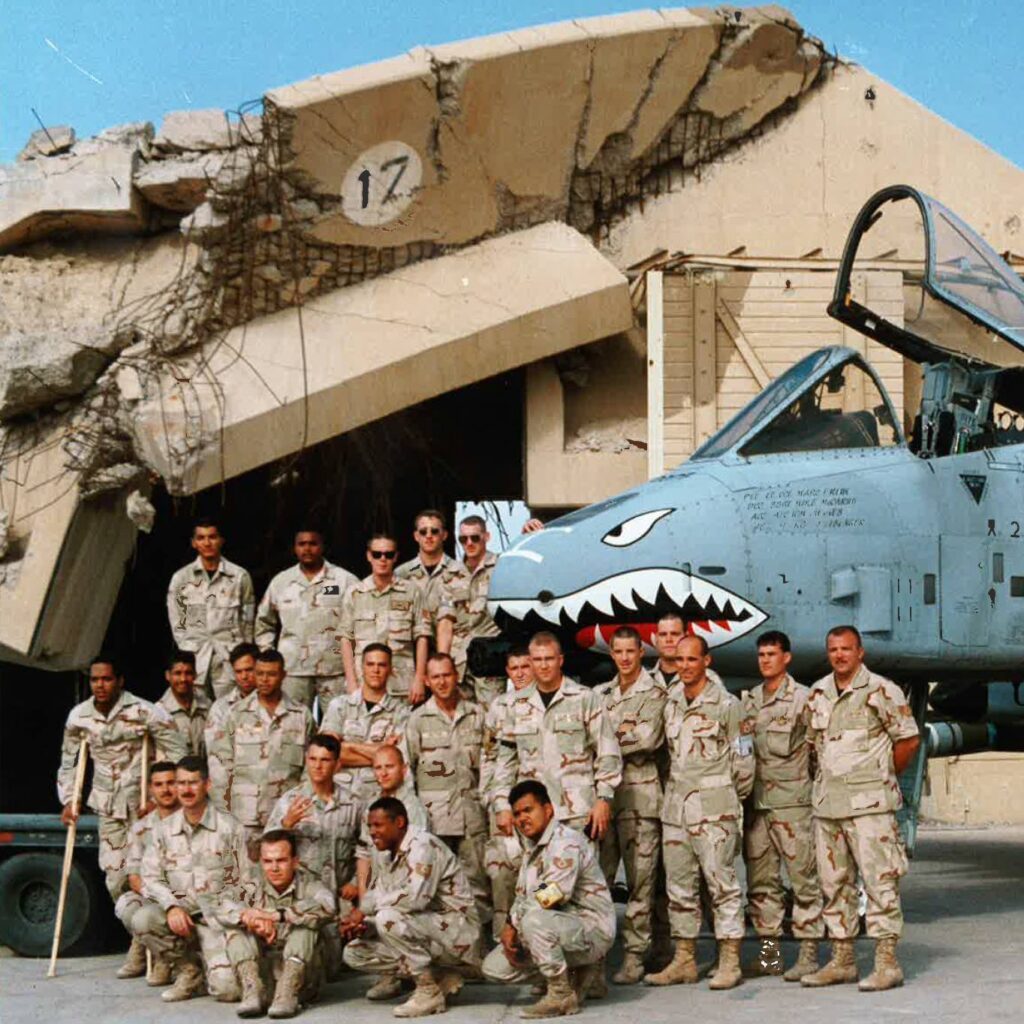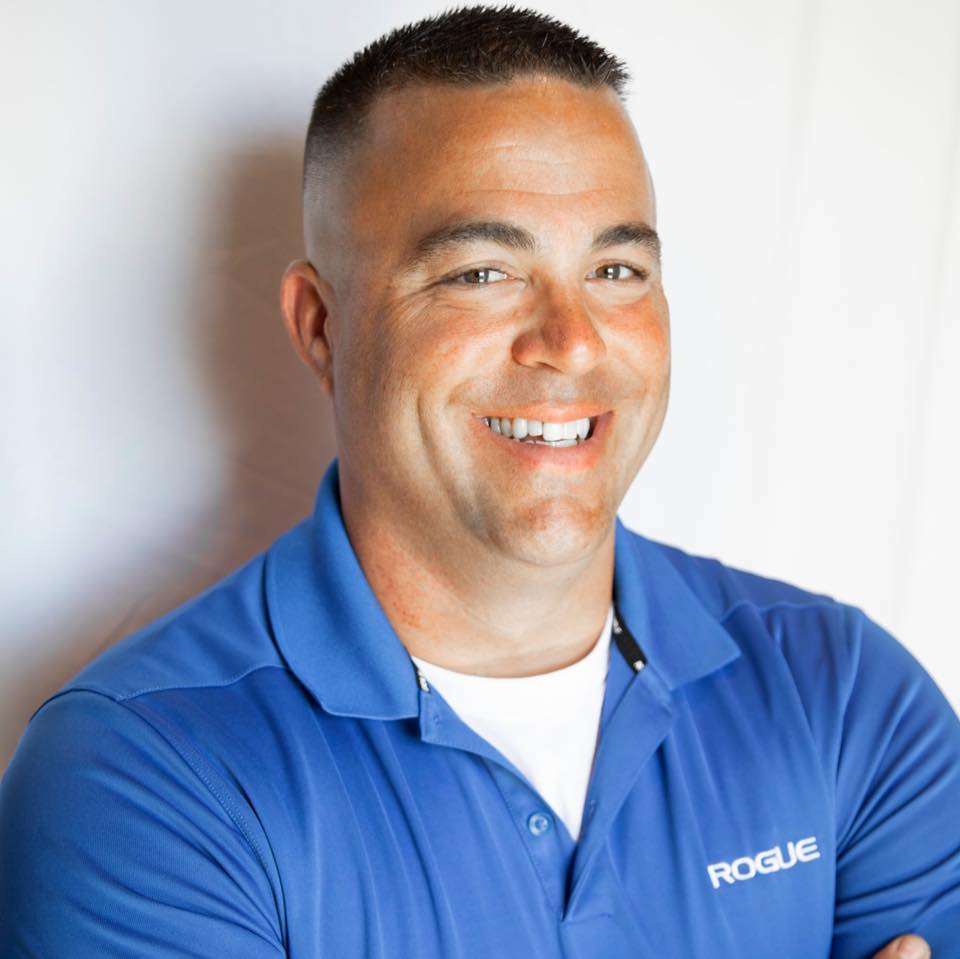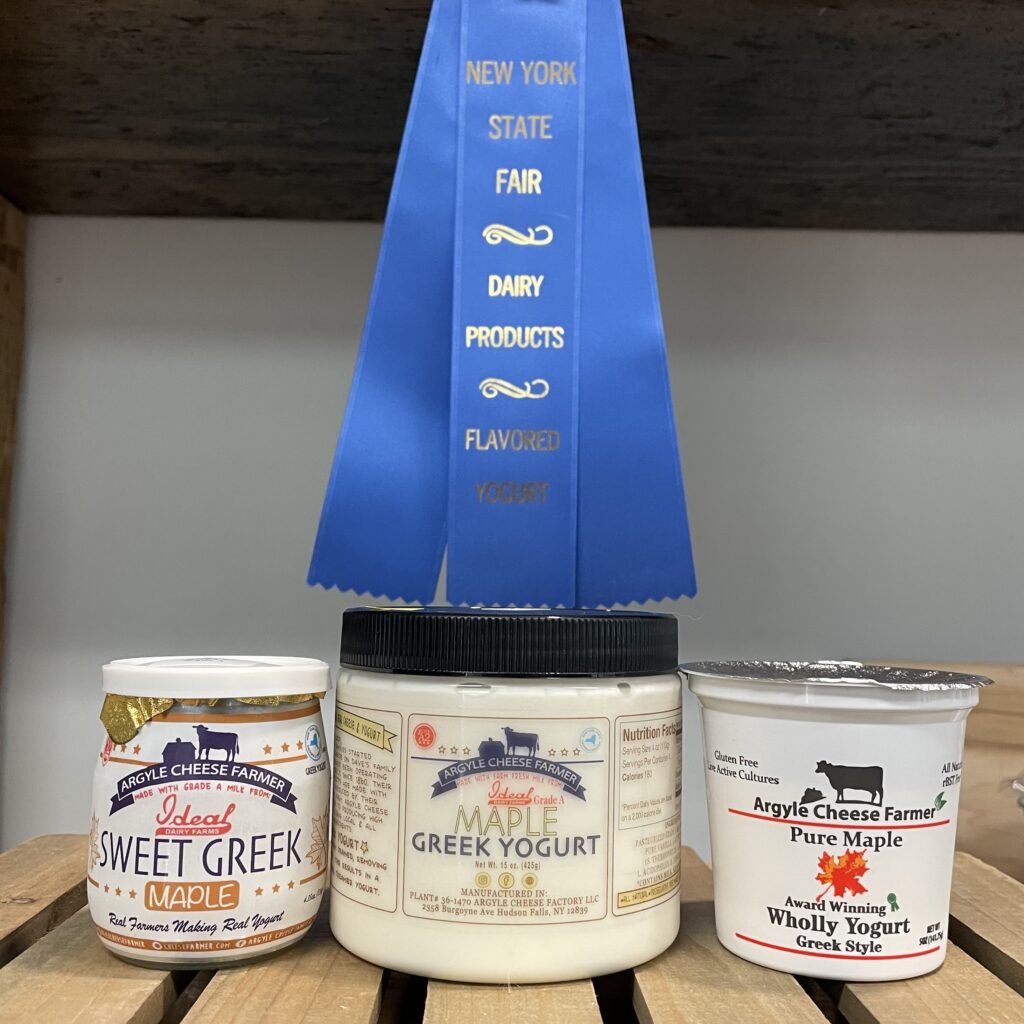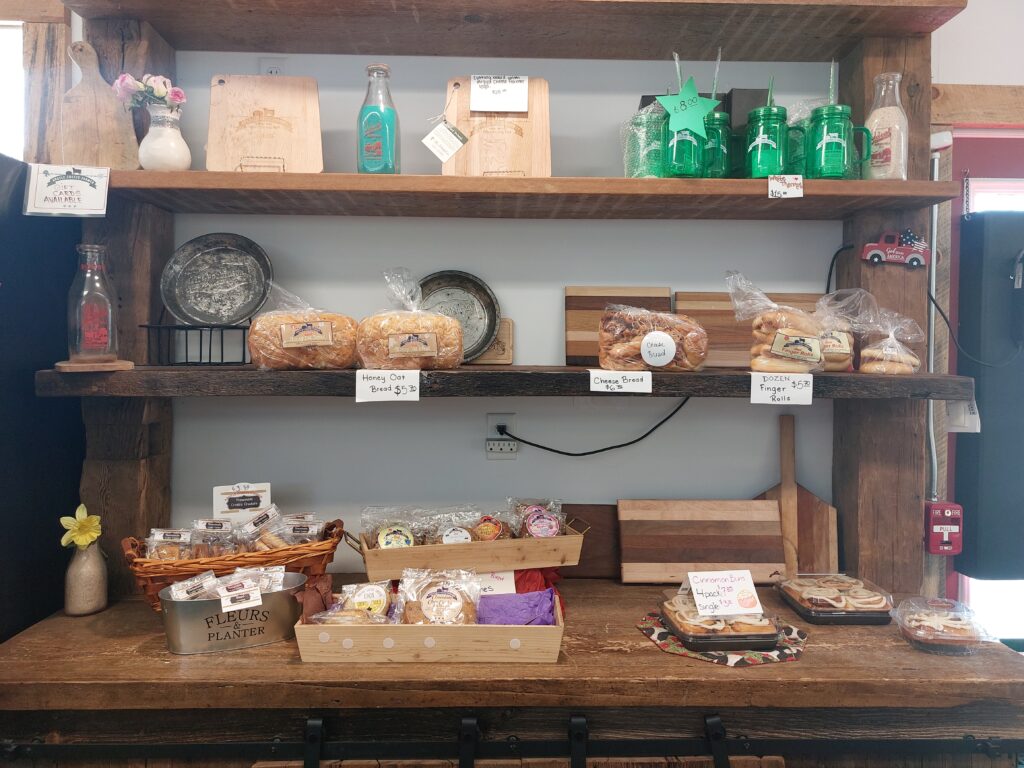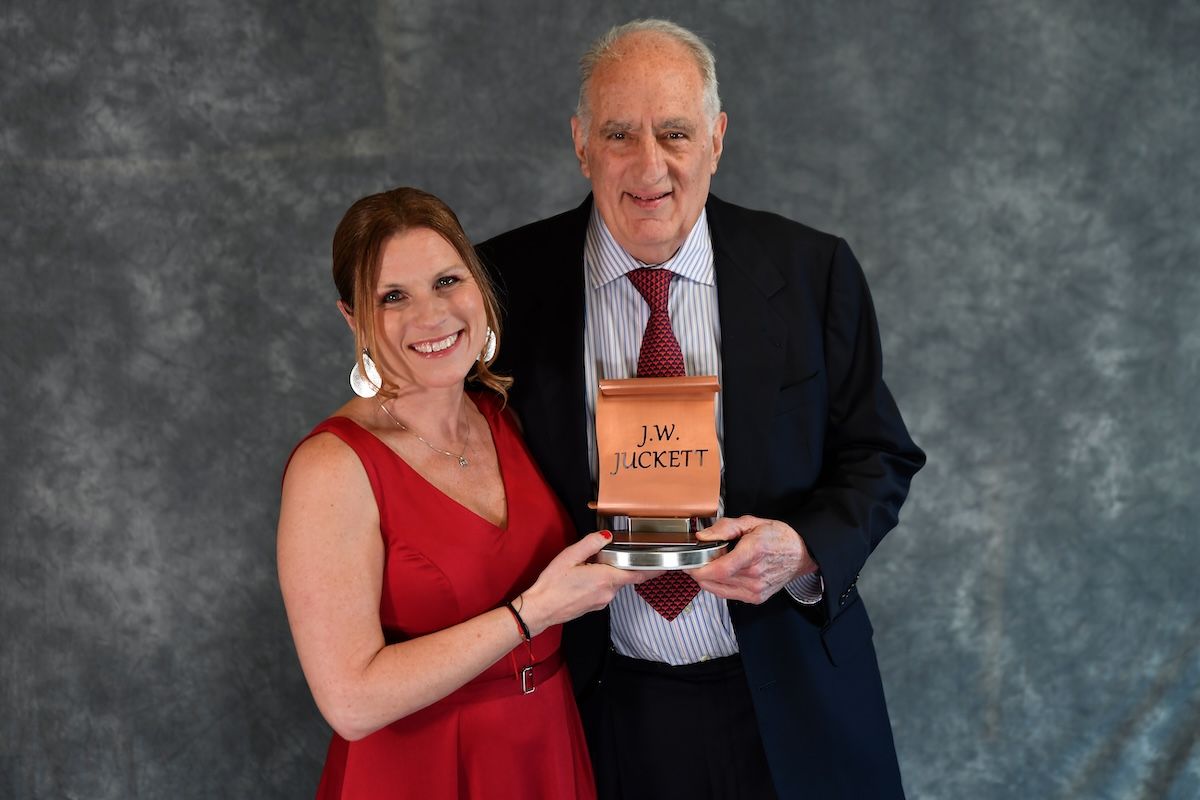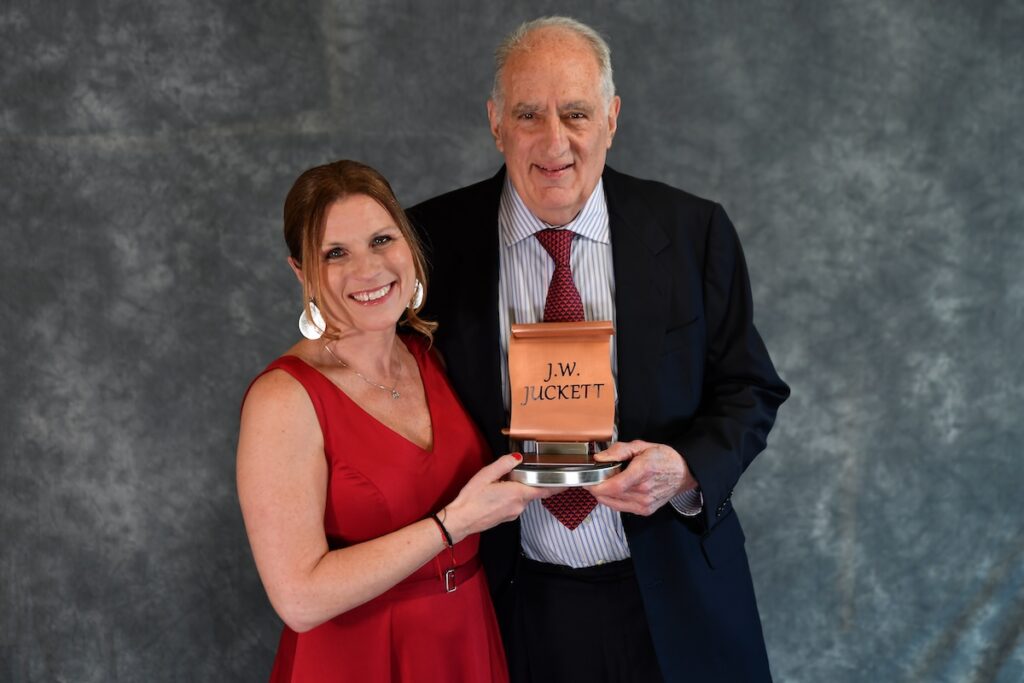Preserving Memories: Crider Grave Care
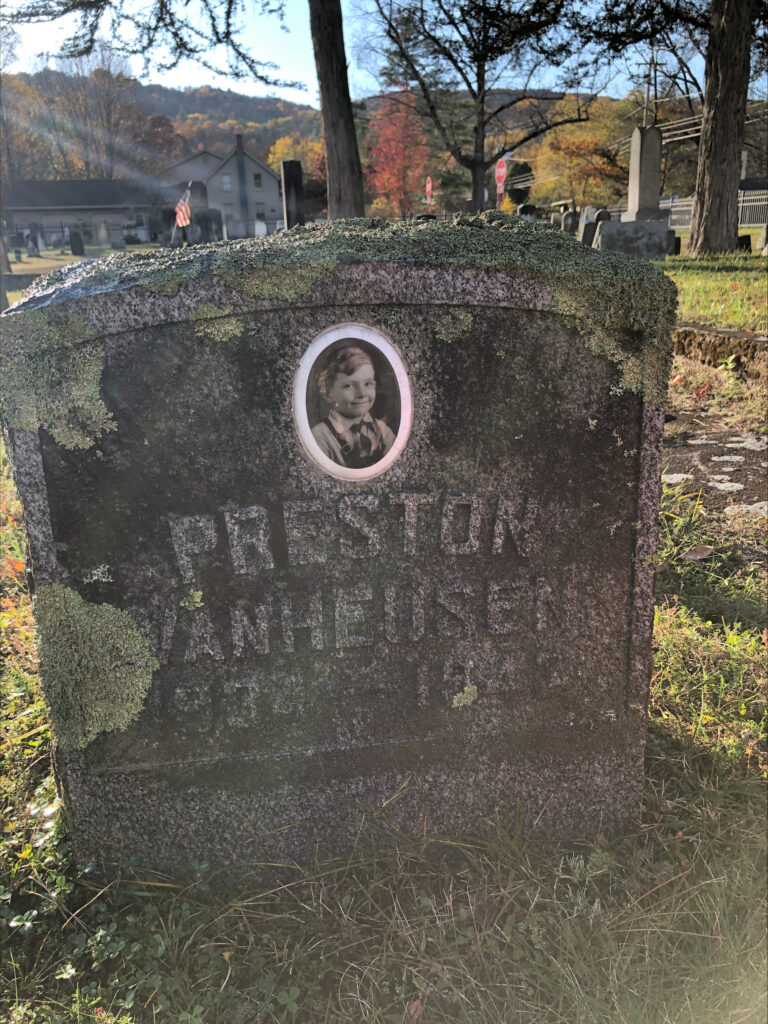
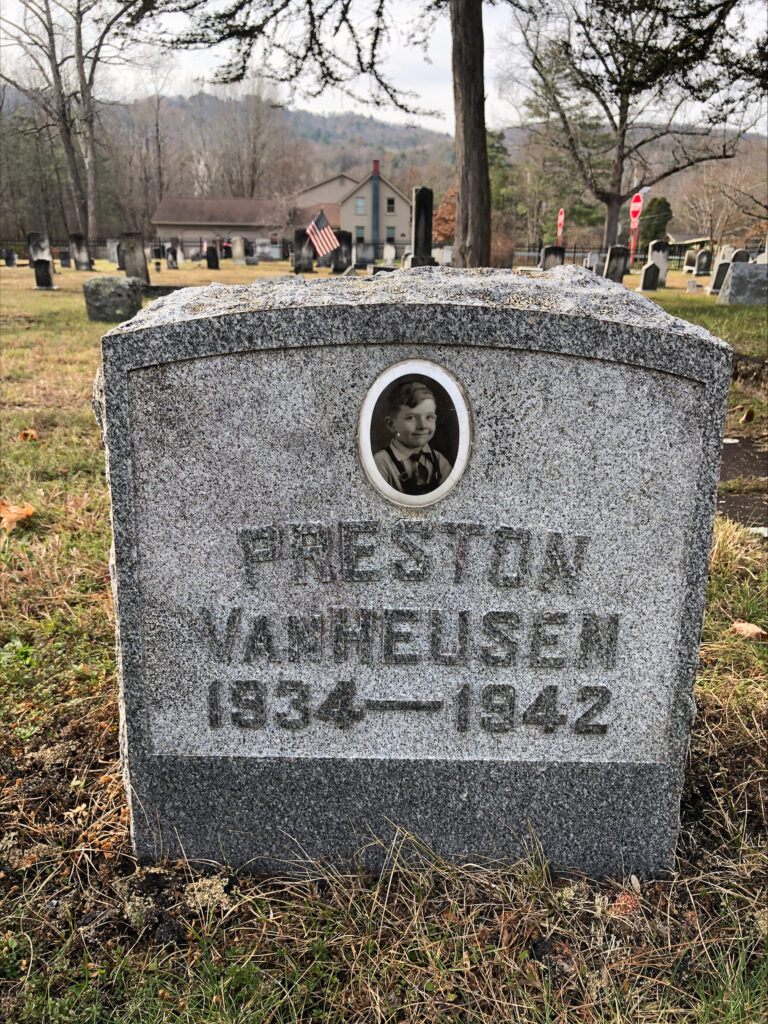
Photos Provided.
Cemeteries are a popular spot for many people, whether they are visiting a loved one or just going for a walk.
The gravestones are full of names and keep the memory alive for those who have passed. Unfortunately, as time goes on and under the strain of various weather conditions, some of the stones become illegible.
Lorin Crider noticed this problem and decided to educate herself on how to properly clean and care for gravestones. Today, she has started her own business so everyone can keep their loved ones’ stones in the best possible condition and keep their memory alive.
As a child, Lorin loved riding her bike through Bay Street Cemetery. “It goes back to when I was a child and I’ve always loved gravestones because I always loved family names,” she explained.
As Lorin got older, her fascination only grew, and she came across someone online who cleaned gravestones. This piqued her interest, and she began to research more about the process. “I just started seeking out the training for that and then here I am a few years later, and each year I try to learn a new skill.”
She began attending historical association meetings about four years ago. They shared that stones should never be touched with anything except for water and a really soft brush to prevent damage. Lorin then started training at Atlas Preservation, a company that works in many national cemeteries like Arlington and Gettysburg.
During her time there, Lorin was introduced to D/2 Biological. This product was commissioned by Arlington and Gettysburg because they wanted to have a product that was safe and had been tested for many years to ensure it would do no harm to the older stones. Today, D/2 Biological is the only product that Lorin trusts to use on gravestones.
In addition to discovering D/2 Biological, Lorin also learned several new skills at Atlas Preservation including how to raise a stone, straighten a stone, repair broken tablets, and reset stones. “I loved it and I thought, ‘You know the only way I can afford to do this is if I open up a business,’ because D/2 is expensive,” Lorin said.
In order to continue her passion, Lorin created Crider Grave Care. The purpose of her business is to preserve people’s legacy by making sure their stones are legible and in the best possible condition. She also wants to prevent people from making common mistakes like power-washing or bleaching stones, which results in a lot of damage. For sandstone or brownstone graves, Lorin only sprays D/2 Biological, but doesn’t brush the stone at all. She does the same if a stone is peeling off in layers, which is known as delamination.
A common misconception is that if a stone is delaminating it is cheap, when in reality it is very common for marble stones to do this because of the climate. Snow and cold winters are naturally damaging to the stones no matter how expensive the material was to purchase. Occasionally, Lorin will use a special soft brush to further clean a stone. The whole process can take anywhere from 20 minutes to an hour for an average-sized stone.
“Interestingly, the older stones take less time,” explained Lorin. This is because older stones are more fragile, and therefore, the less you touch it the better.
While cleaning the stones, Lorin loves to hear about the stories of who the people were and what happened to them. A story that stuck with her was when she got hired to clean a family’s gravestones and noticed that three of the people all passed in the year 1952, while the fourth survived longer.
After asking about what happened, Lorin learned that a mother and her two kids had been traveling on a plane that crashed, and none of them survived. The husband had not been on that plane, but he had lost his wife and children that day. By cleaning their stones, Lorin is able to keep their story alive.
Last September, she was also hired to clean the Pruyn family stones, who were the original owners of the Finch Pruyn paper mill. The Pruyn family was very influential in Glens Falls and are remembered for doing a lot of good for the town.“It’s an instant gratification. You instantly feel like you did something good for someone,” Lorin shared.
Despite getting hired often, Lorin’s business makes no money.
“Any jobs that I do get I turn around and put that plus more into cleaning veteran stones,” she explained. At least once a week, Lorin will spend a full day at the Queensbury Cemetery cleaning veteran stones.
She feels a special attachment to veterans because her father and grandfather both served in the military. “I thought of my grandfather and my father, they’re veterans, and they were getting flags every year and I just wanted to clean their stones. I wanted to make sure that people could continue to read who that person was that was the veteran, and I wanted to give back somehow,” she said.
Her father, Wayne, had a special impact on Lorin and is a huge reason for why she loves gravestones so much. He served in Vietnam in the U.S. Army 1st Infantry, so he was on the front line of the fighting. He received a bronze star and three purple hearts for his service.
“Anytime I see any from Vietnam I think of my dad. He just passed a year and a half ago and he was my hero, so this is why this has really become a passion for me,” Lorin shared.
Lorin will also voluntarily clean any stones that stand out to her in addition to the veteran stones. “There are times I just love a stone and think ‘I’ve got to clean that stone,’” she shared.
While cleaning a stone once, she discovered two small bumps coming out of the ground. She was able to bring them out of the ground and discovered that they were tablets for two babies, and the original stone she was cleaning was the mother. She brought the tablets out of the ground and reset them so now everyone knows that they were all a family and are buried together.
“If they were my children, I would want somebody to do that for their stones,” Lorin explained.
When she’s not busy at the graveyard, Lorin works for Open Door Mission as the Director of Development. She is in charge of events, donor relations, tours, and more. Between her business and full-time job, Lorin keeps busy, but her passion for what she does motivates her to continue.
“I can be completely filthy, because I usually am when I’m cleaning, and exhausted and hot and I don’t care. I’m just so energized by being in cemeteries and reading the stones and working on them,” she shared. Lorin has helped keep the names of those from several years ago alive and she continues to help preserve the legacy of those who have passed.
